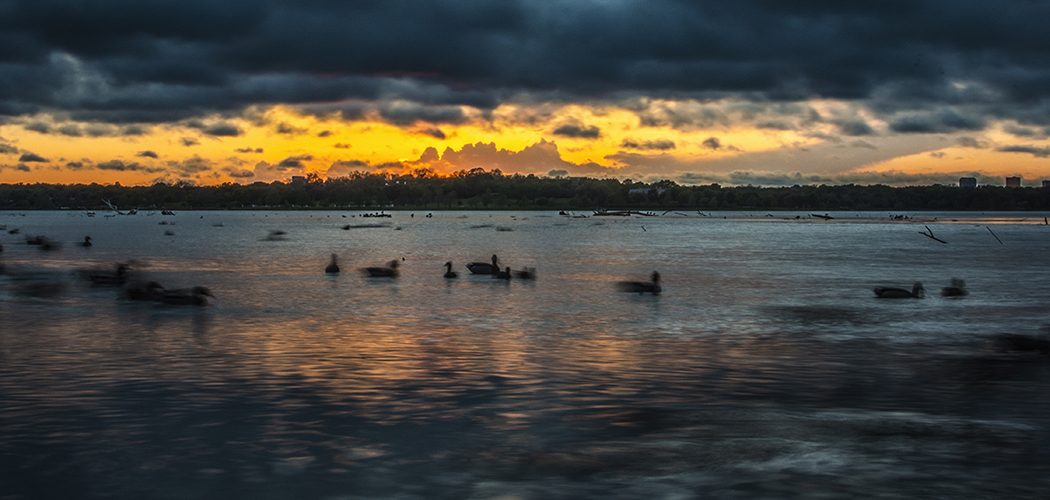
White Rock Lake. Photography by Danny Fulgencio.
I’ve always had an affinity for the heavens. In middle school, I was the biggest Carl Sagan fan there ever was, and today, I adore his anointed successor, Neil DeGrasse-Tyson. Both are to be credited with making astrophysics understandable and interesting.
Knowing this, my husband promised clear skies for star gazing and extraordinary sunsets when he was attempting to lure me from Chicago to Texas in the early aughts — that and the assurance of warm weather in the winter. It worked, and he was right on all counts.
If there is a nearby viewing of something special and celestial, I’m there. I witnessed Comet McNaught brighten the Australian sky Jan. 14, 2007, bought my solar eclipse-watching eyewear on Amazon way before they sold out in 2017 and forced my family to endure a frigid, but clear, winter night in 2018 peering through the massive telescopes at the McDonald Observatory in Fort Davis.
2020 was a painful year, for sure, but it was a cosmic dream. Some events were easily viewable from the comfort of our driveway, such as the International Space Station passover July 16 and the infrequent two full moons in one month in October, with a blue moon on Halloween, no less! There were also two excursions, including a 90-minute, 70-mile drive to Era to catch Comet NEOWISE on July 19 and then on to a dirt road in Lancaster to view the Pleaides meteor shower Aug. 12.
The pre-Christmas conjunction of Jupiter and Saturn was a highlight. I could see it from the upstairs landing of our backhouse. Unfortunately for my husband, I had earlier in the day suffered a second-degree ankle sprain, and the sweet man was relegated to carrying me up and down the stairs.
As captivating as all these interstellar sightings are, nothing makes me more in awe of the vast expanse of our skies than a beautiful sunset. My phone carries a fair number of sunset pictures from our travels — from the mountains of Patagonia to the Pacific Ocean in Costa Rica and farmlands in rural India. (Air pollution makes for an incredible evening sky.) In its own special category are the amazing non-sunsets during the White Nights of July in St. Petersburg, Russia.
It’s breathtaking to watch the sun dip in the Hill Country outside Austin or over the gulf in Galveston just before dusk. Yet, there is something magical about witnessing the sun go down while on the shores of White Rock Lake.
What makes a sunset at White Rock Lake especially remarkable is its accessibility and tranquility, not to mention the spectacular colors. We can forget for a few minutes as twilight approaches that we live in a land-locked city, and instead, enjoy the painted clouds in the water’s reflection. It’s a simple solitude of stillness and an orange sky.
When I scroll through Facebook, and occasionally Instagram, I always pause at a friend’s post of a sunset at White Rock. I dissect the different perspectives from which the photos were taken. “Oh, this one is from the Filter Building.” “Hmm…this looks like it was taken at the Boat Club.” “I bet this one is off a kayak on the water.”
White Rock Lake is a reprieve any time of day. I’m sure a sunrise is equally as beautiful, though I will admit to never having witnessed one at White Rock Lake. During these crazy COVID-affected times, the lake has been a beacon for many and a place where we can walk, bike and safely socialize at a distance.
For our family, White Rock Lake has been a savior. It has saved us from boredom, rescued us from laziness and provided us with the simple pleasure of witnessing a beautiful sunset — an astronomical complexity as a result of our solar system being created billions and billions of years ago. Once a Carl Sagan fan, always a Carl Sagan fan.
Mita Havlick is a neighborhood resident and Dallas Education Foundation director. Find her commentary regularly in the back pages of our print edition and online.





